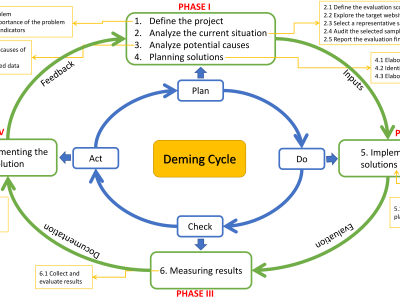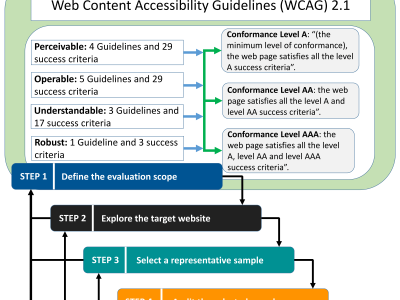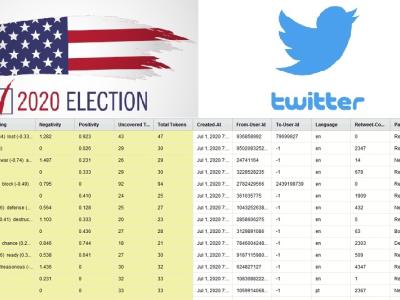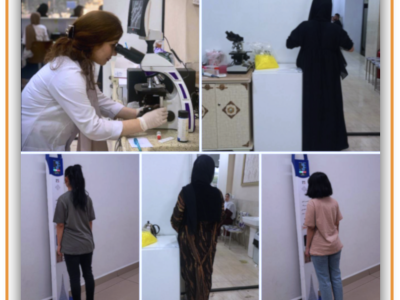A dataset on the application of the process model for continuous testing of web accessibility

- Citation Author(s):
-
Milton Campoverde-Molina
(Unidad Académica de Tecnologías de la Información y la Comunicación (TIC), Universidad Católica de Cuenca, 010107, Cuenca, Ecuador)
- Submitted by:
- Milton Campoverde Molina
- Last updated:
- DOI:
- 10.21227/f6b0-g496
- Data Format:
- Research Article Link:
 554 views
554 views
- Categories:
Abstract
The lack of accessibility on websites can result in people with disabilities not accessing information online. Therefore, this research aims to create a process model for continuous web accessibility testing by adapting and customizing three methodologies: Deming cycle (Plan, Do, Check, Act), Website Accessibility Conformance Evaluation Methodology (WCAG-EM), and Total Quality Management. The process model is composed of four phases. The first phase (Plan) allows defining the accessibility problem, its importance, and the Web Content Accessibility Guidelines (WCAG) against which will evaluate it. In addition, determine the current situation of the websites, the potential causes of accessibility problems, classify the success criteria by principles, guidelines, and levels of conformity, to elaborate the solution plan and the action plan. The second phase (Do) allows the execution of the action plan to correct the accessibility problems. In this phase, we should perform continuous testing with automatic evaluation tools, end-users, and experts to corroborate that the changes have had an effect. The third phase (Check) allows measuring compliance and non-compliance with the defined Key Performance Indicators (KPIs). This phase also explains the reasons for non-compliance. The fourth and last phase (Act) documents the solutions learned for inclusion in future developments. It was tested using a case study to determine the viability of the process model, which allowed corroborating its functionality and applicability. In future work, we plan to adapt the process model to different workgroups, develop accessible mobile applications, and comply with web accessibility in electronic documents.
Instructions:
This dataset contains the data generated while applying the process model on the HCI web portal for accessibility testing in the first iteration.










Alfie project